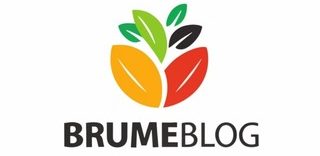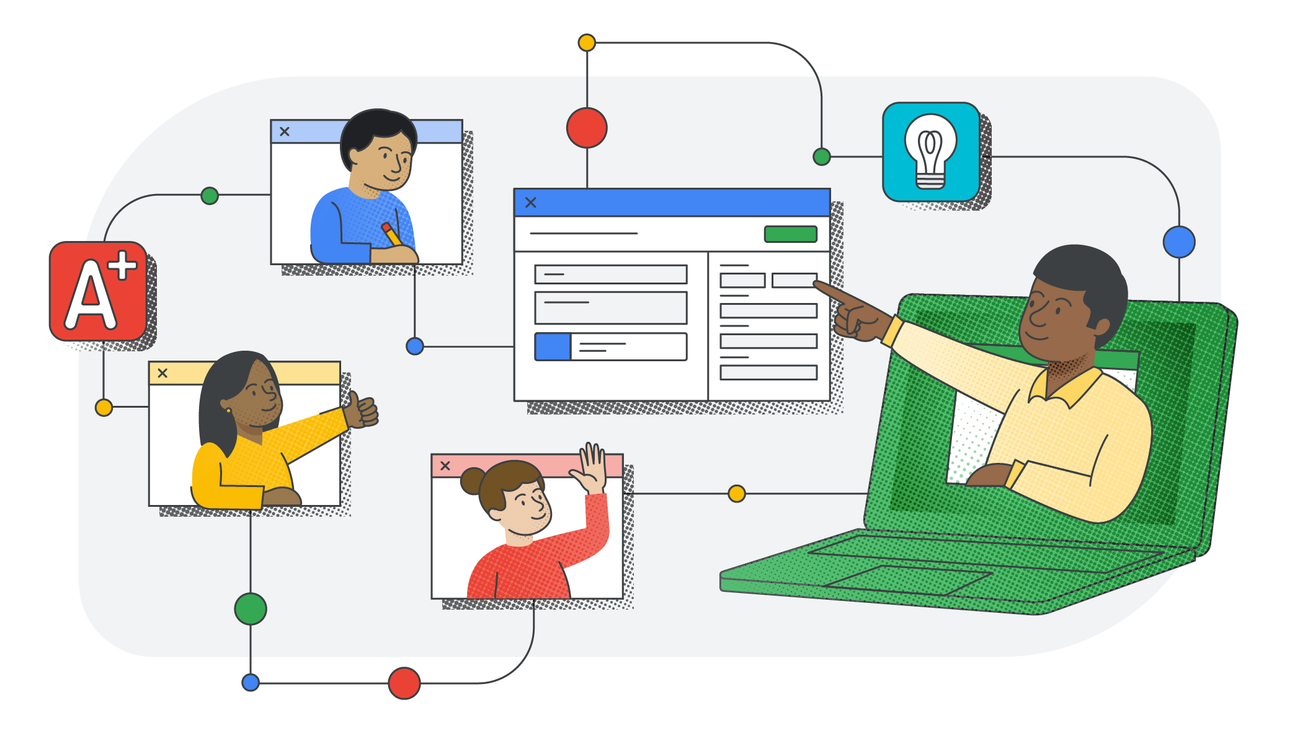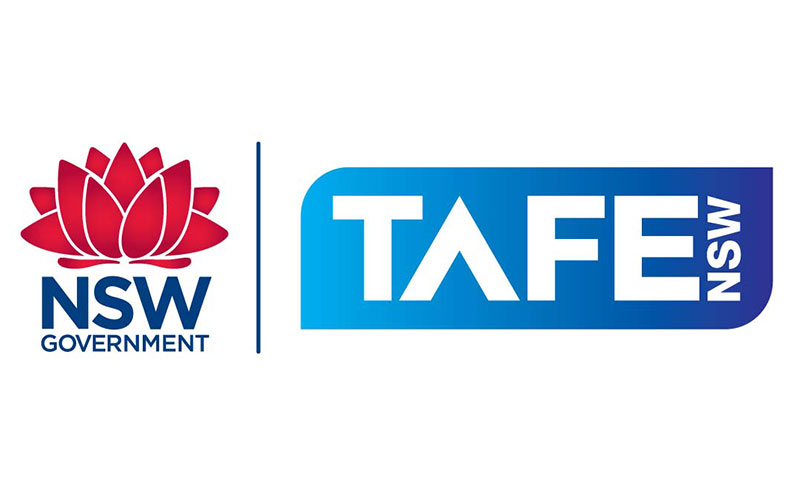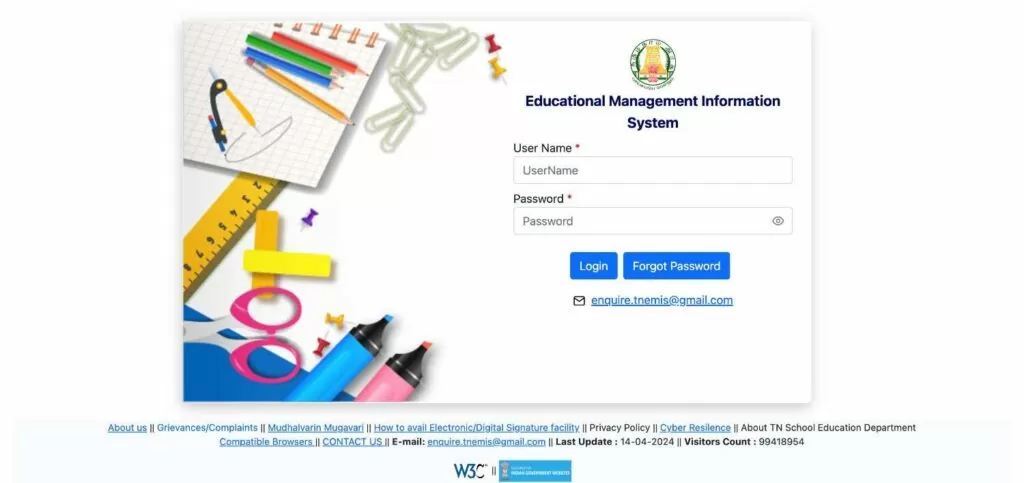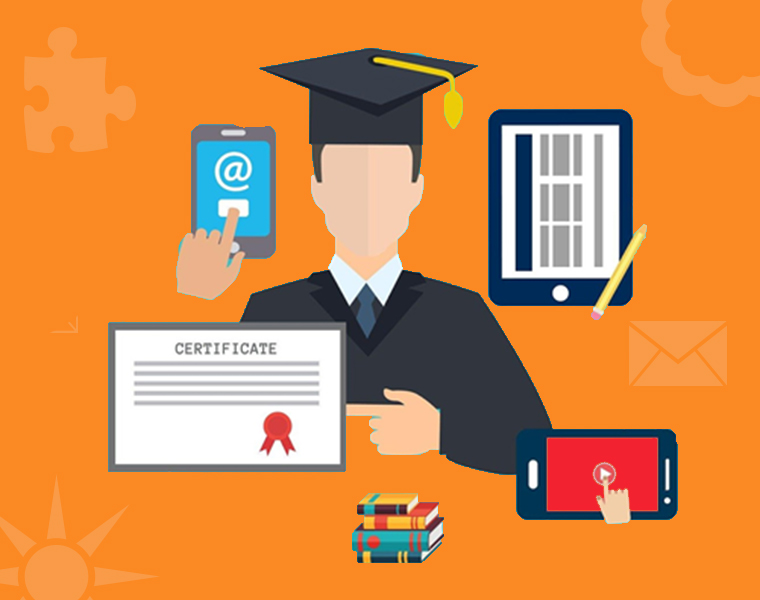Introduction
Adaptive learning technologies have emerged as transformative tools in education, leveraging artificial intelligence and personalized learning algorithms to provide tailored learning experiences for students. By adapting content, pacing, and assessments to each learner’s individual needs and abilities, adaptive learning technologies optimize engagement, mastery, and academic success. In this comprehensive guide, we will delve into the principles of adaptive learning, explore examples of adaptive learning technologies, and discuss the benefits they offer to students, educators, and educational institutions.
Understanding Adaptive Learning Technologies
Definition
Adaptive learning technologies are educational platforms and systems that use data-driven algorithms and machine learning techniques to customize learning experiences for individual students. These technologies analyze students’ performance, preferences, and learning styles to deliver personalized content, provide targeted feedback, and adjust instruction in real-time.
Key Components
- Personalized Content: Adaptive learning technologies provide personalized content tailored to each student’s proficiency level, learning pace, and preferences. This may include adaptive textbooks, interactive multimedia, and customized learning pathways designed to scaffold learning and promote mastery.
- Real-Time Feedback: Adaptive learning technologies offer real-time feedback and assessment data to students and educators, allowing for immediate insights into student progress, strengths, and areas for improvement. This feedback informs instructional decision-making and supports ongoing student learning and growth.
- Data Analytics: Adaptive learning technologies utilize data analytics and learning analytics to analyze student performance, track learning trajectories, and identify patterns and trends in student behavior. These insights enable educators to make data-driven decisions and interventions to support student success.
Examples of Adaptive Learning Technologies
Khan Academy
Khan Academy is a widely recognized adaptive learning platform that offers personalized instruction in various subjects, including math, science, humanities, and test preparation. Through adaptive exercises, tutorials, and assessments, Khan Academy provides tailored learning experiences that meet the diverse needs of learners worldwide.
DreamBox Learning
DreamBox Learning is an adaptive math program for students in kindergarten through eighth grade that adapts instruction based on students’ responses to interactive math lessons and exercises. DreamBox Learning uses adaptive algorithms to provide targeted interventions and enrichment opportunities to support each student’s individual learning journey.
Smart Sparrow
Smart Sparrow is an adaptive courseware platform that allows educators to create interactive and personalized learning experiences for their students. With features such as adaptive pathways, branching scenarios, and real-time analytics, Smart Sparrow empowers educators to design engaging and effective online courses that meet the needs of diverse learners.
Benefits of Adaptive Learning Technologies
Individualized Instruction
Adaptive learning technologies provide individualized instruction tailored to each student’s unique needs, abilities, and learning preferences. By adapting content, pacing, and assessments to student proficiency levels, these technologies ensure that every student receives instruction that is challenging yet achievable, leading to increased engagement and mastery.
Differentiated Learning Experiences
Adaptive learning technologies support differentiated learning experiences that accommodate diverse learning styles, abilities, and backgrounds. Whether students require additional support, enrichment opportunities, or alternative pathways to mastery, adaptive learning technologies offer personalized learning experiences that meet students where they are and help them reach their full potential.
Data-Driven Decision Making
Adaptive learning technologies generate valuable data insights that inform instructional decision-making and support ongoing improvement in teaching and learning. By analyzing student performance, engagement, and learning trajectories, educators can identify areas for intervention, adjust instructional strategies, and tailor support to meet the needs of individual students and groups.
Best Practices for Implementing Adaptive Learning Technologies
- Align with Learning Objectives: Ensure that adaptive learning technologies align with learning objectives, curriculum standards, and instructional goals to maximize their effectiveness and relevance in the classroom.
- Provide Professional Development: Offer training and support for educators to develop their knowledge, skills, and confidence in using adaptive learning technologies effectively in teaching and learning. Provide ongoing professional development opportunities to keep educators abreast of new features and best practices.
- Monitor Student Progress: Regularly monitor student progress and performance using data analytics and learning analytics provided by adaptive learning technologies. Use these insights to identify trends, patterns, and areas for improvement, and adjust instruction accordingly to support student success.
Conclusion
In conclusion, adaptive learning technologies hold immense promise for revolutionizing education by providing personalized, engaging, and effective learning experiences for students. By leveraging artificial intelligence, machine learning, and data analytics, adaptive learning technologies empower educators to meet the diverse needs of learners and support their academic success. As schools continue to embrace innovation and technology in education, adaptive learning technologies remain essential tools for promoting equity, inclusivity, and excellence in teaching and learning.
